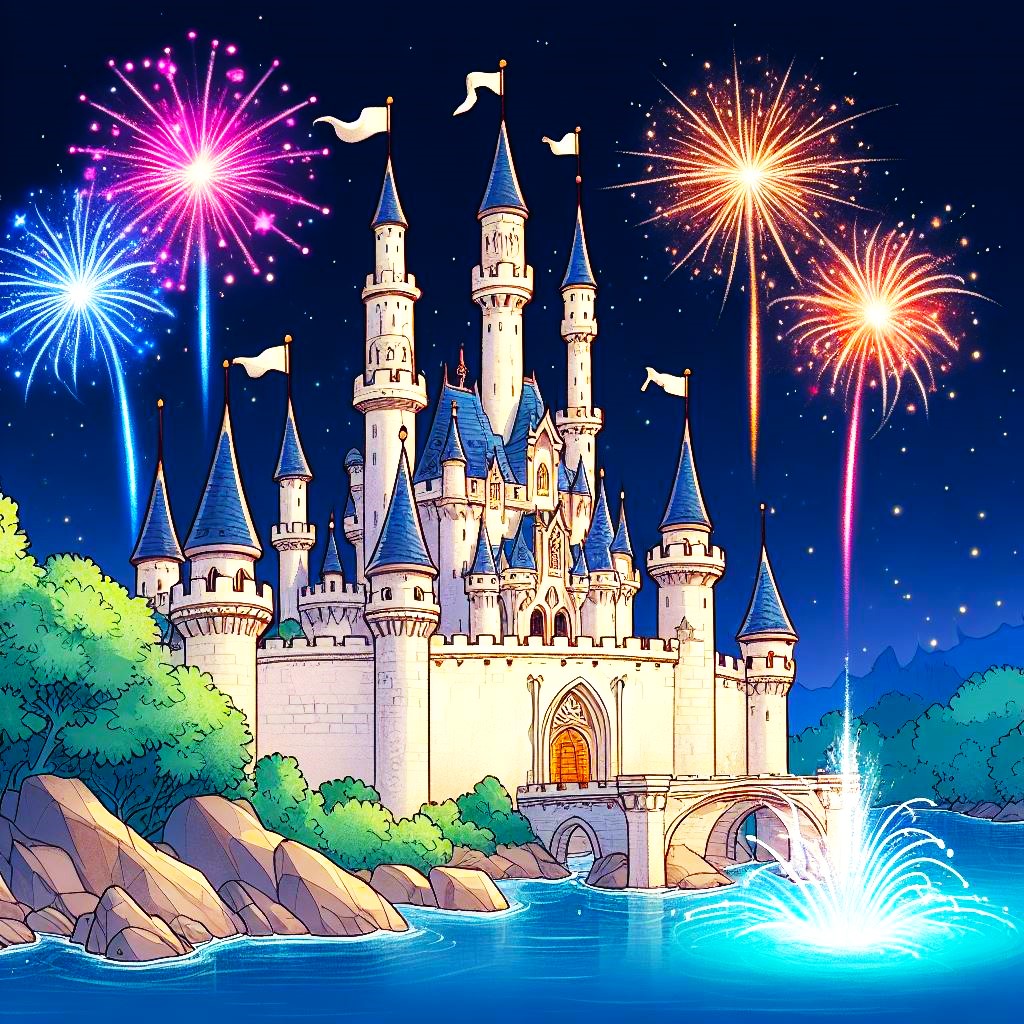Hatshepsut, the longest-reigning Egyptian female pharaoh, ruled for 20 years in the 15th century BC. “I have raised up what was in ruins. I have restored that which was destroyed,” declared Hatshepsut.
The quote regarding Hatshepsut’s appointment comes from inscriptions and was designed to legitimise her rule, often illustrating the divine will of the Gods or proclamations from her father, Thutmose I.
Hatshepsut was adept at presenting her reign within the context of divine support and royal succession. “This daughter of mine, Hatshepsut… I have named her successor to my throne… She shall guide you… Heed her words and gather under her command.”
Mini history lesson
Hatshepsut, one of the most successful pharaohs of Egypt, ruled during the 18th Dynasty from approximately 1479 to 1458 BCE.
Her tenure is noted not just for its duration but also for the prosperity and tranquility she established in Egypt. As a rare female pharaoh, Hatshepsut had to affirm her power in a patriarchal society. She frequently portrayed herself with pharaonic symbols of authority, like the false beard and headdress, to reinforce her legitimacy. “I have raised up what was in ruins. I have restored that which was destroyed,” she declared, underscoring her role in reviving Egypt’s splendour.
During her rule, Hatshepsut initiated grand construction projects, leaving a heritage of remarkable monuments and temples. Her most famous accomplishment is the mortuary temple at Deir El-Bahari, an architectural wonder that stands as a testament to her foresight and governance. Hatshepsut also rejuvenated Egypt’s economy by developing extensive trade networks. Her notable expedition to Punt, a region thought to be resource-rich, yielded precious items like myrrh, frankincense, and exotic wildlife.
This voyage was eternally captured in the reliefs of her temple, showcasing her achievements and contributions to Egypt’s affluence. In her inscriptions, Hatshepsut stated, “My authority was asserted in this land and to its farthest reaches… My gaze was southward, I explored the edges of the mountains, all my eyes wished to see was accomplished.”
This statement mirrors her broad vision and ambition to expand Egypt’s reach. Despite her accomplishments, Hatshepsut’s memory faced attempts at erasure after her demise. However, contemporary archaeology has revealed her significant influence.
Today, Hatshepsut is celebrated as an innovative ruler whose reign made a lasting impression on ancient Egyptian history.

























